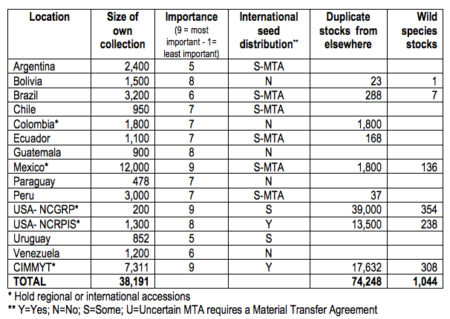Our friend Nora Castañeda attended the State of the World’s Plants Symposium a couple of weeks back and was kind enough to send us some of her impressions. We’ll publish them in instalments over the next few days. Thanks, Nora.
Last week, Kew organized and hosted the very first State of the World’s Plants Symposium. The event was preceded by the publication of the State of the World’s Plants report, which this blog and other press outlets have mentioned already. The report is complemented by an interactive website that in a very user-friendly interface enables visitors to explore further details and useful data sources (some of the data sources are only available online).
The State of the World’s Plants report and symposium come at a perfect time. As Prof. Kathy Willis said in the introduction of the event, we currently have state of the world reports for a plethora of topics (including fathers), but not for plants. Until now. The report serves as a baseline of our current knowledge of plant diversity, the global threats that plants are currently and will face in the future, and the policies affecting plants. The idea is that for the next five years, we’ll see an annually updated global assessment of the state of our plants, where we’ll be able to gauge progress on the main topics addressed by the report.
As for the symposium, if I had to describe it in few words, I would say it was a series of interesting and captivating talks, combined with the participation of a very enthusiastic audience (we even became a trend on twitter with the hashtag #SOTWP. But I’d like to use the space of this and subsequent posts to share my own impressions of the symposium, together with some interesting links for the curious.
